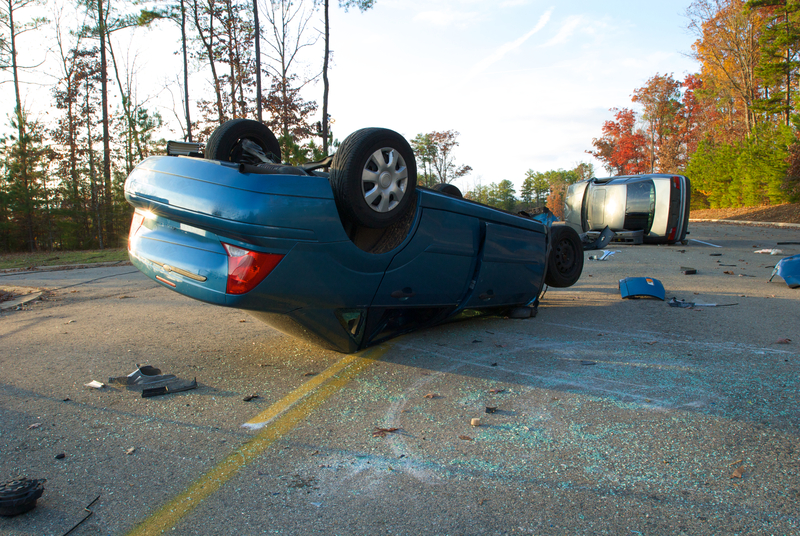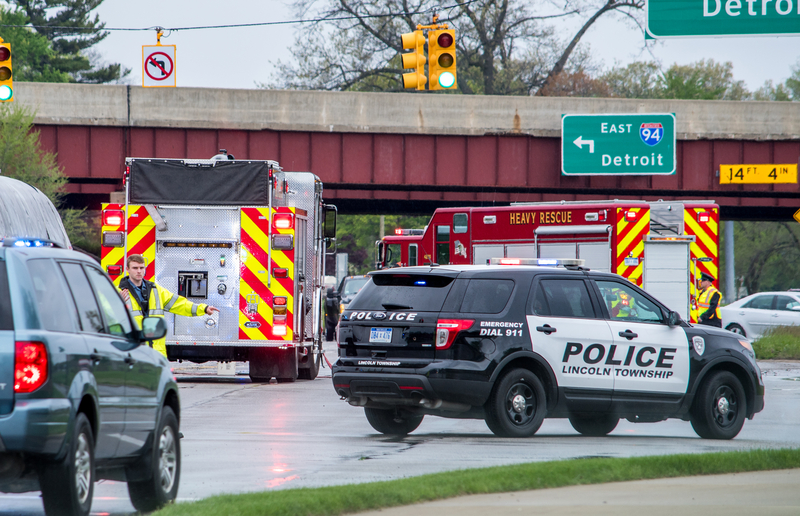A new report released today by the Governors Highway Safety Association (GHSA) examines the current pedestrian safety data and research and outlines 21 steps states can take to address pedestrian safety. According to the most recent data, pedestrian deaths remain stubbornly high and have increased 15 per cent since 2009. The most recent full year of data indicates that 4,735 pedestrians died in 2013, which translates to one pedestrian in the US killed every two hours.
The report, Everyone Walks Understan
A new report released today by the 4948 Governors Highway Safety Association (GHSA) examines the current pedestrian safety data and research and outlines 21 steps states can take to address pedestrian safety. According to the most recent data, pedestrian deaths remain stubbornly high and have increased 15 per cent since 2009. The most recent full year of data indicates that 4,735 pedestrians died in 2013, which translates to one pedestrian in the US killed every two hours.
The report, Everyone Walks Understanding and Addressing Pedestrian Safety, looks at legislative, enforcement and educational initiatives at the national, state and local level that work in tandem with engineering solutions to foster safe mobility. Funded through a grant by State Farm, it provides 21 key takeaways for states and others to consider to help curb pedestrian-involved motor vehicles crashes, injuries and fatalities.
To help states, practitioners and advocates better understand and develop strategies to bolster pedestrian safety, the report examines the extent of the problem, who is likely to be involved in a pedestrian-motor vehicle crash, and why. The average age of a pedestrian killed in a traffic crash in 2013 was 46. Males accounted for 70 percent of those deaths.
Many pedestrian fatalities involve motorists who became unintended pedestrians due to vehicle breakdowns or emergency responders who are struck on the side of the road. In fact, an average of 515 pedestrians are struck and killed annually by a motor vehicle on the nation’s highways.
Alcohol, speed and distraction play a role in pedestrian-motor vehicle crashes as well, according to the report. In 2013, a third of pedestrians 16 years of age and older involved in fatal crashes had blood alcohol concentrations of .08 or higher, while 15 percent of motorists who fatally struck pedestrians were also over the legal limit. Getting motorists to slow down will increase the chances of a pedestrian surviving a crash. However, in 2013 nearly one in five pedestrian fatalities occurred on roadways where the posted limit was less than 35 mph; 28 per cent occurred where the limit was 35 to 40 mph.
Distraction’s impact on pedestrian safety is not just a motorist problem. The report cites research that points to an uptick in distracted walkers. While the number of pedestrians killed while using a cell phone increased from less than one per cent to 3.6 per cent between 2004 and 2010, it’s estimated that as many as two million pedestrian injuries were related to cell phone use in 2010. Distraction is particularly problematic for teens – one in five high school students and one in eight middle school children have been observed crossing the street while texting, wearing headphones or talking on a cell phone.
“States are developing and implementing programs to ensure the safety of all roadway users,” said GHSA executive director Jonathan Adkins, who oversaw the development of the report. “But clearly more can be done to make travel on foot as safe as possible. Taking a comprehensive approach that includes education, engineering and enforcement is the best way to maximise limited resources and get results.”
The report, Everyone Walks Understanding and Addressing Pedestrian Safety, looks at legislative, enforcement and educational initiatives at the national, state and local level that work in tandem with engineering solutions to foster safe mobility. Funded through a grant by State Farm, it provides 21 key takeaways for states and others to consider to help curb pedestrian-involved motor vehicles crashes, injuries and fatalities.
To help states, practitioners and advocates better understand and develop strategies to bolster pedestrian safety, the report examines the extent of the problem, who is likely to be involved in a pedestrian-motor vehicle crash, and why. The average age of a pedestrian killed in a traffic crash in 2013 was 46. Males accounted for 70 percent of those deaths.
Many pedestrian fatalities involve motorists who became unintended pedestrians due to vehicle breakdowns or emergency responders who are struck on the side of the road. In fact, an average of 515 pedestrians are struck and killed annually by a motor vehicle on the nation’s highways.
Alcohol, speed and distraction play a role in pedestrian-motor vehicle crashes as well, according to the report. In 2013, a third of pedestrians 16 years of age and older involved in fatal crashes had blood alcohol concentrations of .08 or higher, while 15 percent of motorists who fatally struck pedestrians were also over the legal limit. Getting motorists to slow down will increase the chances of a pedestrian surviving a crash. However, in 2013 nearly one in five pedestrian fatalities occurred on roadways where the posted limit was less than 35 mph; 28 per cent occurred where the limit was 35 to 40 mph.
Distraction’s impact on pedestrian safety is not just a motorist problem. The report cites research that points to an uptick in distracted walkers. While the number of pedestrians killed while using a cell phone increased from less than one per cent to 3.6 per cent between 2004 and 2010, it’s estimated that as many as two million pedestrian injuries were related to cell phone use in 2010. Distraction is particularly problematic for teens – one in five high school students and one in eight middle school children have been observed crossing the street while texting, wearing headphones or talking on a cell phone.
“States are developing and implementing programs to ensure the safety of all roadway users,” said GHSA executive director Jonathan Adkins, who oversaw the development of the report. “But clearly more can be done to make travel on foot as safe as possible. Taking a comprehensive approach that includes education, engineering and enforcement is the best way to maximise limited resources and get results.”











